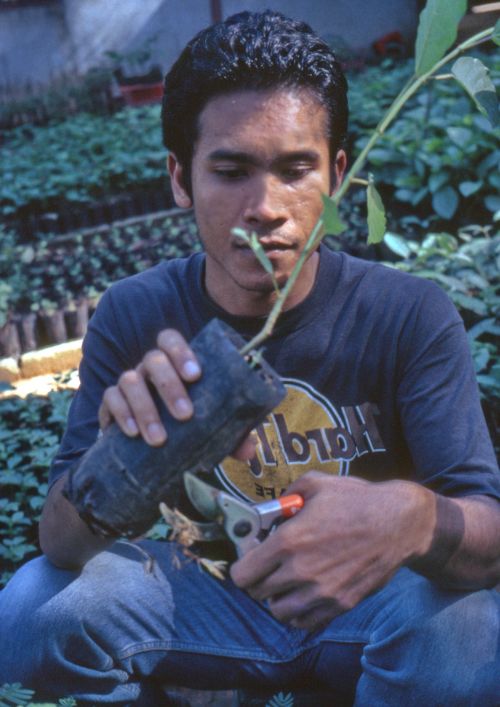The use of Asian Ficus species for restoring tropical forest ecosystems.

FORRU Contributors
ABSTRACT: Fig (Ficus spp.) trees have been promoted as framework species for tropical forest restoration throughout Asia, because they are considered to be keystone species. This article presents optimal propagation and planting techniques for six Asian dioecious Ficus species, which will enable their inclusion in forest restoration plantings across the Asia‐Pacific region: Ficus auriculata, F. fulva, F. hispida, F. oligodon, F. semicordata, and F. variegata. Nursery experiments compared the growth performance of propagating planting stock from seed and from leafy cuttings, whereas field experiments assessed the cost‐effectiveness and the relative performance of (1) direct seeding, (2) planting stock from seed, and (3) planting stock from cuttings.
The most efficient method of producing Ficus spp. was from seed. Propagation from cuttings was much less successful. Seedlings produced from seed had the highest rates of growth and survival, both in the nursery and in field trials. In field trials, use of planting stock from seed was also more cost‐effective than direct seeding and vegetative propagation. Establishment costs calculated on the basis of “per plant established” were $1.14 for seed, $6.95 for cutting, and $25.88 for direct seeding.

